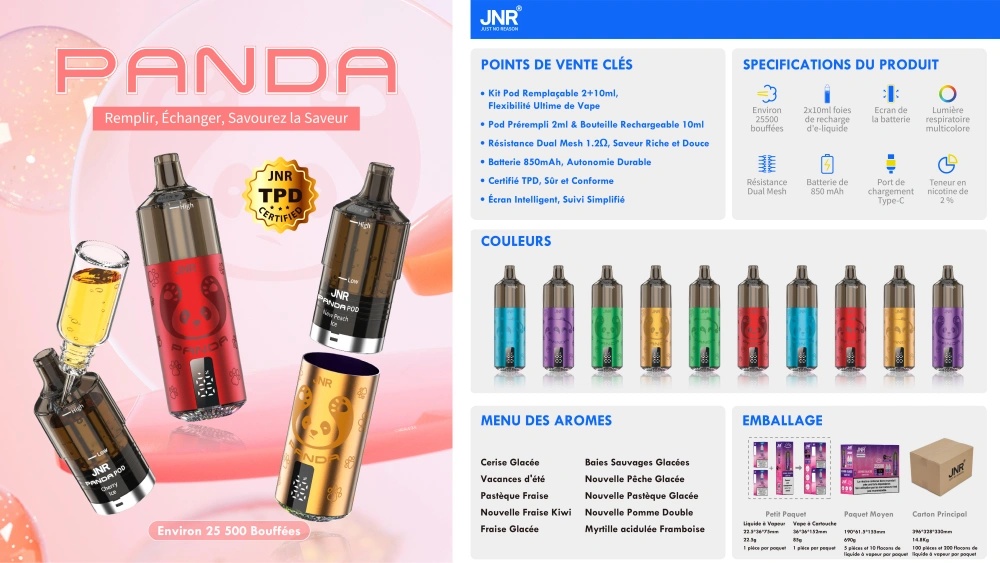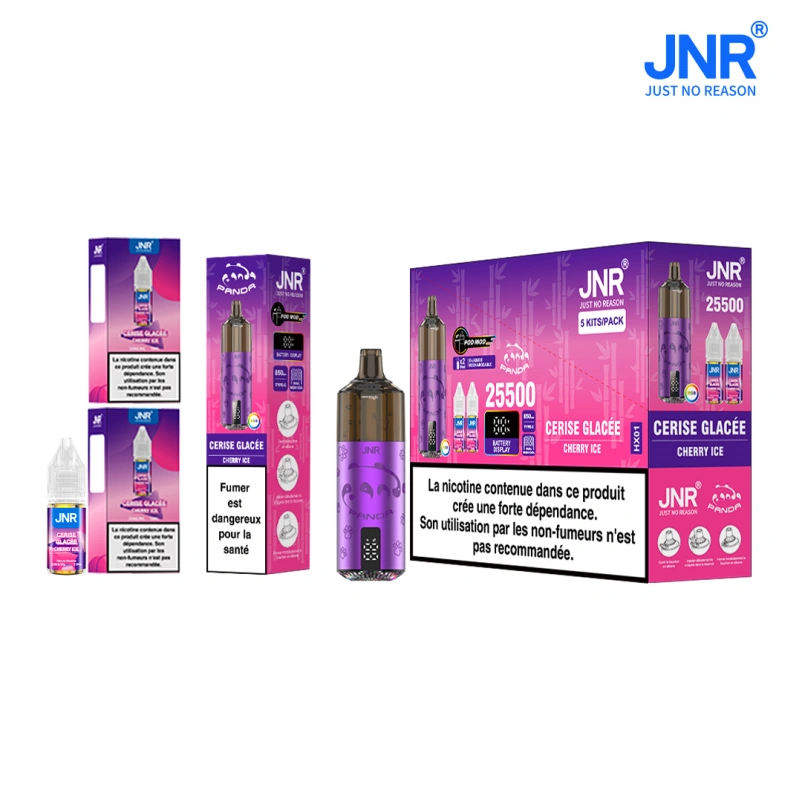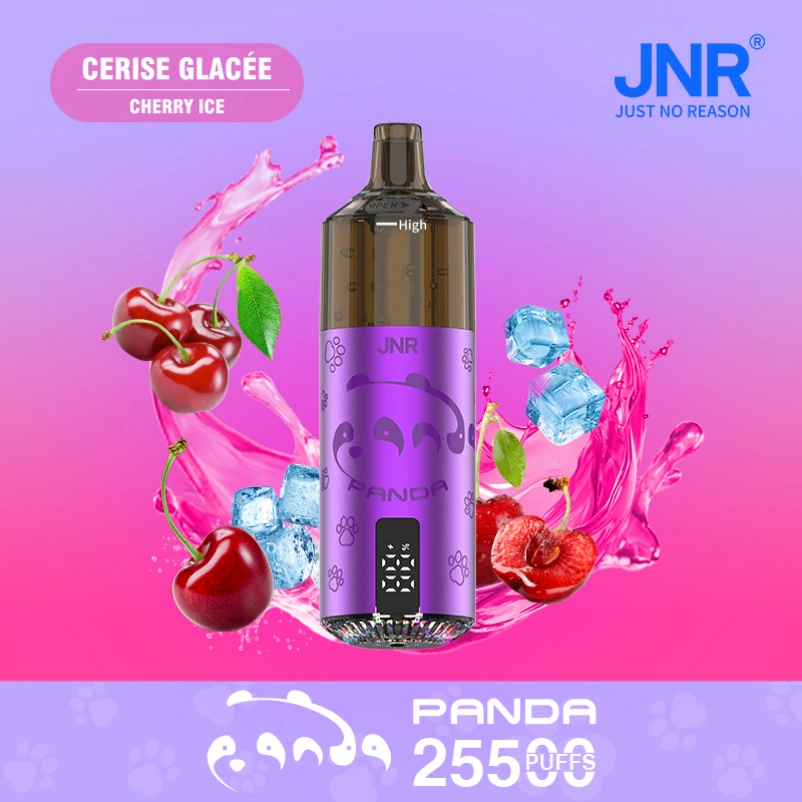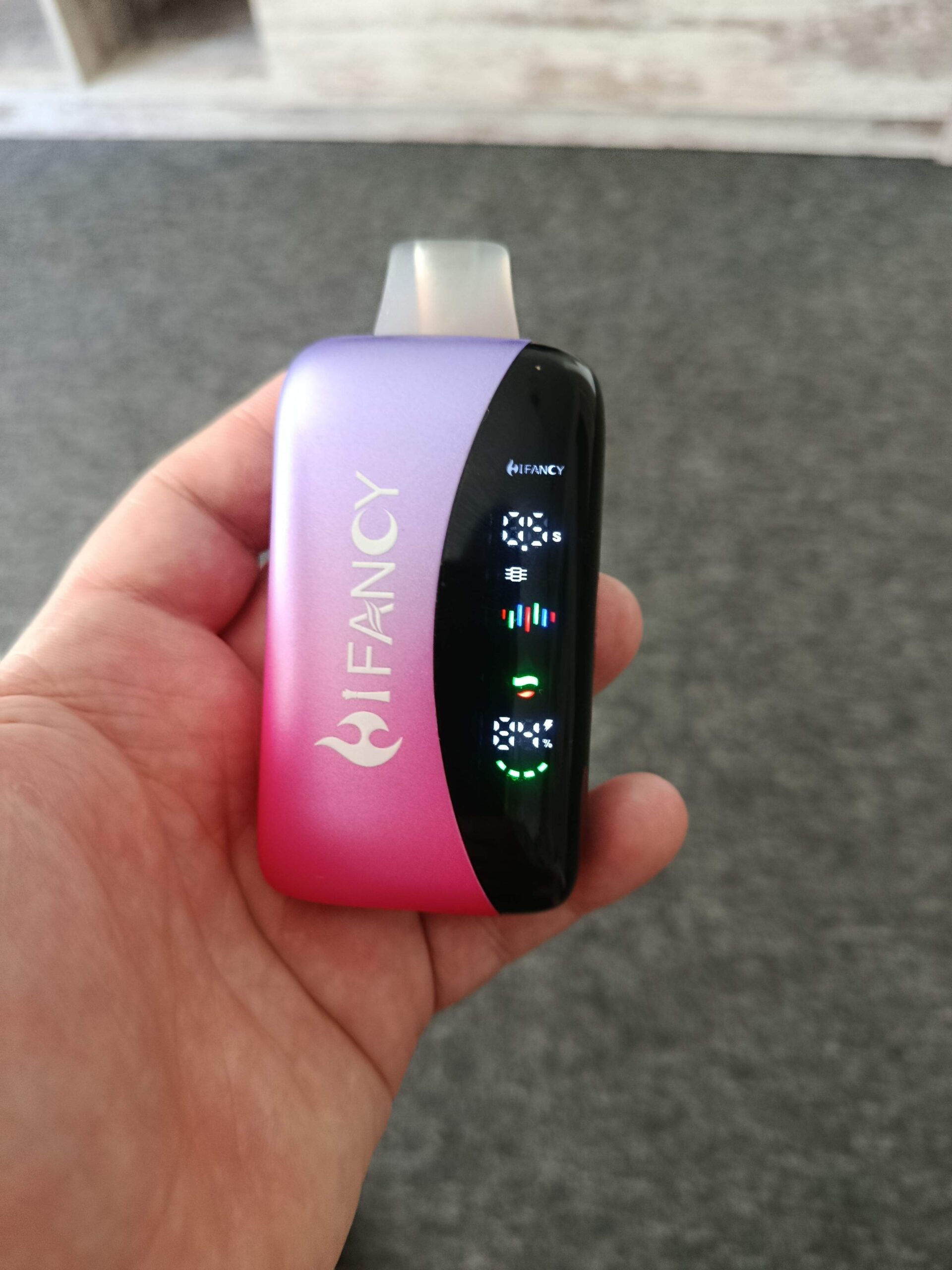Honey-flavored e-cigarettes have a sweet taste
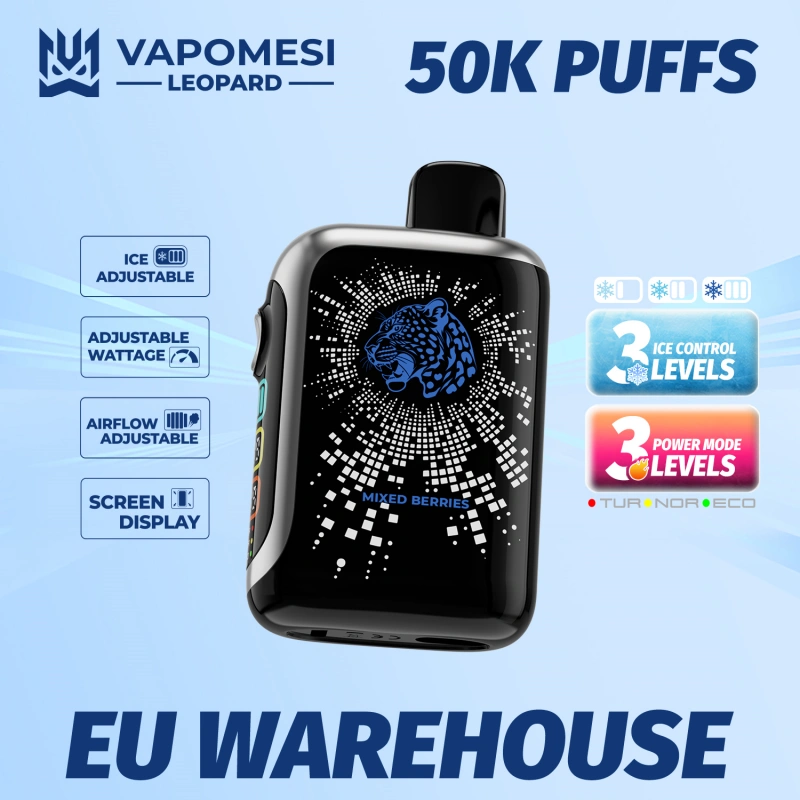
Honey-flavored e-cigarettes have opened up a “sweet healing” product track in the e-cigarette market by simulating the sweet and mellow characteristics and taste layers of natural honey. The following is a deep analysis of its core ingredients, taste mechanism, technical adaptability and user adaptation scenarios:
First, the composition logic of the sweet taste
Core carrier of sweetness
Natural honey extract: By using low-temperature extraction technology, flavor substances are extracted from light-colored honey varieties such as sophora flower honey and linden honey, retaining the glucose, fructose and trace amino acids of honey, and endows the product with a dense and sweet taste.
Sugar substitute compound solution: Some products use a combination of sucralose and stevioside. The former provides a pure sweet base, while the latter enhances the aftertaste and sweetness, and at the same time avoids the risk of caramelization that may occur when traditional sucrose is atomized at high temperatures.
Flavor enhancement technology
Fragrance superposition strategy: With honey as the core, superposition citrus (such as bergamot), floral (such as acacia), and woody (such as cedar) essences to create a three-stage experience of “sweet top note – honey middle note – rich base note”. For instance, honey pomelo-flavored e-cigarettes enhance the freshness through naringin extract and balance the richness of honey.
Condensate control: It adopts a spiral airway + honeycomb-shaped condensate tank design to reduce the residual sweetness of the atomized liquid after cold condensation, avoiding the negative experience of “getting more and more sickening the more you draw”.
Second, technical adaptation and experience optimization
The atomization parameters are precisely regulated
Power matching: It is compatible with a low-power atomizing core of 12-15W to prevent the decomposition of sugar at high temperatures and the production of bitterness, while also reducing the consumption rate of e-liquid and extending the duration of sweetness.
Oil conduction efficiency: The vertical double-mesh core structure is adopted to ensure the uniform flow of honey-based e-liquid (which is usually of high viscosity), preventing the burnt smell caused by insufficient oil supply.
Sweet-releasing design
Molecular encapsulation technology: It microcapsules the flavor substances of honey and releases them layer by layer during the atomization process, avoiding the impact of sweetness “gushing out all at once”. For example, tests of a certain brand of product show that the peak of its sweetness occurs in the third second after inhalation and lasts until the end of exhalation.
Coolness balance: Add a trace amount of WS-23 coolant (concentration less than 0.3%) to infuse a hint of coolness into the sweetness, simulating the refreshing sensation of honey water sliding down the throat.
Third, user adaptation and scenario-based experience
Profile of the core population
Sweet food lovers: Consumers who prefer high-sweetness foods such as milk tea and cakes use e-cigarettes as a “zero-calorie sweet alternative”.
For those in need of stress relief: The natural healing properties of honey and the dopamine secretion brought by its sweetness make it an auxiliary tool for workplace stress reduction or relaxation at night.
Female users: The product design mostly adopts light gold and amber shells, combined with a compact body, which meets women’s demands for a sense of refinement and a sweet style.
Scenario-based experience design
Afternoon tea scene: When paired with coffee or flower and fruit tea, its sweet and mellow taste can neutralize the bitterness of the drink, creating a complex stimulation of “caffeine + nicotine (if included) + honey sweetness”.
Nighttime scene: Some products add lavender extract or melatonin analogues (subject to regulations) to create the concept of “sleep-inducing sweet fog” and attract insomniacs.
Fourth, Potential disputes and consumer Tips
Ingredient health controversy
Concerns over sugar metabolism: Although the sugar inhaled through nebulization cannot be directly absorbed by the human body, there is no clear research conclusion yet on whether long-term and frequent use will lead to oral microbiota disorders or glycation of the respiratory tract mucosa.
Safety of artificial sweeteners: Some artificial sweeteners (such as acesulfame potassium) may produce trace amounts of harmful substances during high-temperature atomization. It is necessary to pay attention to whether the product has passed FDA/ EU TPD certification.
Warning of market chaos
False advertising: Some low-priced products use flavoring instead of genuine honey extract, resulting in a monotonous and greasy taste. It is recommended to choose e-liquid products whose ingredients are clearly labeled as “honey extract”.
Risk of sweetness dependence: Long-term use of high-sweetness e-cigarettes may reduce users’ acceptance of traditional tobacco flavors and increase the difficulty of quitting smoking.
Fifth, suggestions for purchase and use
Component priority
Natural honey extract > Sugar substitute compound solution > Single essence blending: Natural ingredients can provide more rich flavor layers and have less psychological burden.
Pay attention to the list of additives: Avoid products containing preservatives such as sodium benzoate and potassium sorbate to prevent the generation of pungent odors after atomization.
Usage scenario adaptation
Commuting scenario: Choose portable disposable small cigarettes (such as 2ml capacity) to avoid unpleasant odors in the car or office due to residual sweetness.
Home scenario: It can be paired with a temperature-adjustable main unit to set the atomization temperature to 180-200℃, stimulating the caramelized aroma of honey and enhancing the depth of flavor.
Honey-flavored e-cigarettes, through the integration of “sweetness technology” and “healing concepts”, meet users’ dual demands for pleasant experiences and emotional support. Its core value lies in the sensory deception of “zero-burden sweetness” – providing a satisfaction similar to that of sweet food while avoiding the risks of calorie intake and tooth decay. However, consumers should be vigilant about the possible psychological addiction caused by over-reliance on sweet products and give priority to choosing brands with mature technology and transparent ingredients. For users who pursue a “sweet but not greasy” experience, it is recommended to try the compound flavors of “honey + herbs” (such as honey Luo Han Guo) or “honey + tea aroma” (such as honey Zhengshan Xiaozhong), to reduce the fatigue of a single sweet taste through the superimposition of flavors.


